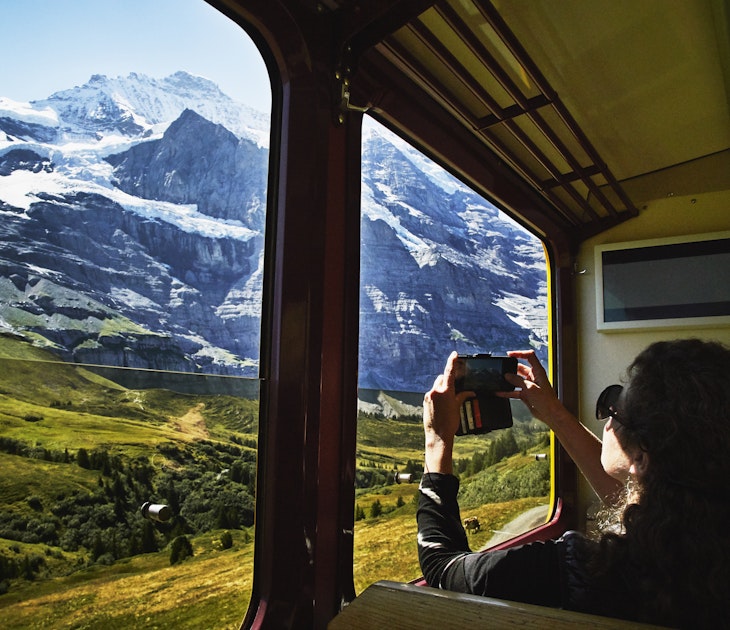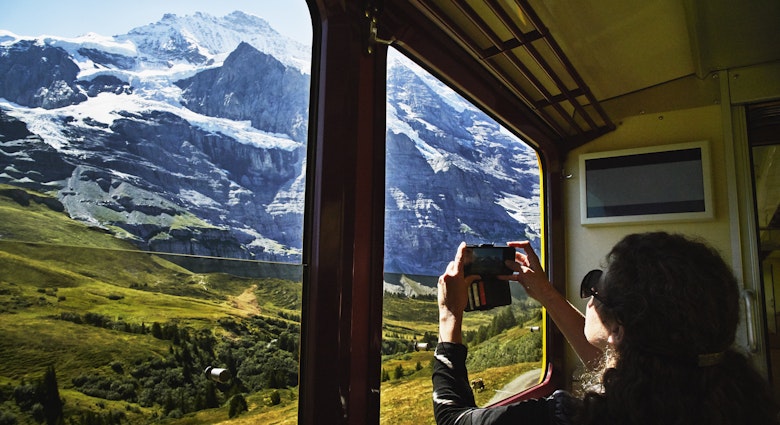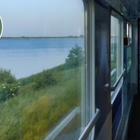A few years ago, competition from low-cost airlines and high-speed railways looked like they would spell the end for sleeper trains, which were increasingly starting to look like relics.
But an increased interest in slow travel and concern about the environmental impact of flying (driven partly by the Swedish concept of flygskam, or “flight shame,” movement) have boosted demand for sleeper trains. In a remarkable reversal of fortunes, operators across Europe – including several new entrants – are bringing routes back, in some cases for the first time in generations, and establishing new services, often across borders.
Overnight trains do more than save on a night’s accommodation. They’re an adventure in themselves, recreating the romance of a bygone era as they transport travelers, families and business people across the continent under the cloak of darkness.
Most services offer a mixture of sleeper compartments with room for two or four passengers; six-person, dormitory-style couchettes; and cars with standard seats. On some trains, however, private compartments equipped with showers and innovative capsule-style berths are becoming available on trains with new or refurbished carriages. This enhances the sense that the next generation of night trains has arrived.

Munich, Germany to La Spezia, Italy
Frequency: daily except Saturday
Approximate duration: 11 hours
Nightjet’s Munich–to–La Spezia service is one of many night routes that offer the only direct connection between their start and finish points. Passengers can board an early-evening train south from Bavarian city’s vast Hauptbanhof station aiming for Austria, northeast Italy and onward, via Genoa (another great stop-off option), to the Ligurian coast. If everything’s on time – which, it should be noted, is not a given on night services, especially those crossing borders and picking up carriages from other services – then you could beat the crowds to the Cinque Terre’s walking trails (accessed by a local train from La Spezia). Or you could just settle in to this underrated city for a late breakfast and marvel at the city’s art-nouveau architecture, best explored by strolling the stairways that rise uphill from the waterfront.

Hamburg to Stockholm
Frequency: nightly
Approximate duration: 14 hours
This Swedish Railways (SJ)–operated service, one of the darlings of the new European night scene, has grown in popularity and scope since its launch.
During the summer of 2023, the SJ Euronight to and from Stockholm extended to start and finish in Berlin – a change now being made permanent. Still, travelers should not miss the chance to explore the lively maritime city of Hamburg – plus, starting the journey here makes more sense if you’re connecting from points further south and west. From Hamburg, the night service north heads into Denmark and makes an early hours crossing of the Öresund Bridge to Malmö.
Beyond the southern tip of Sweden, morning views of Nordic forests and lakes root travelers in their surroundings until the train pulls into Stockholm Central station, located in the middle of the tangle of waterways and islands in the heart of Sweden’s capital.
Private operator Snälltåget also operates seasonal night services on this route. This train is a good alternative if your timings or availability don’t work out on the SJ train, or if you want to try out Snälltåget’s highly regarded restaurant coach.
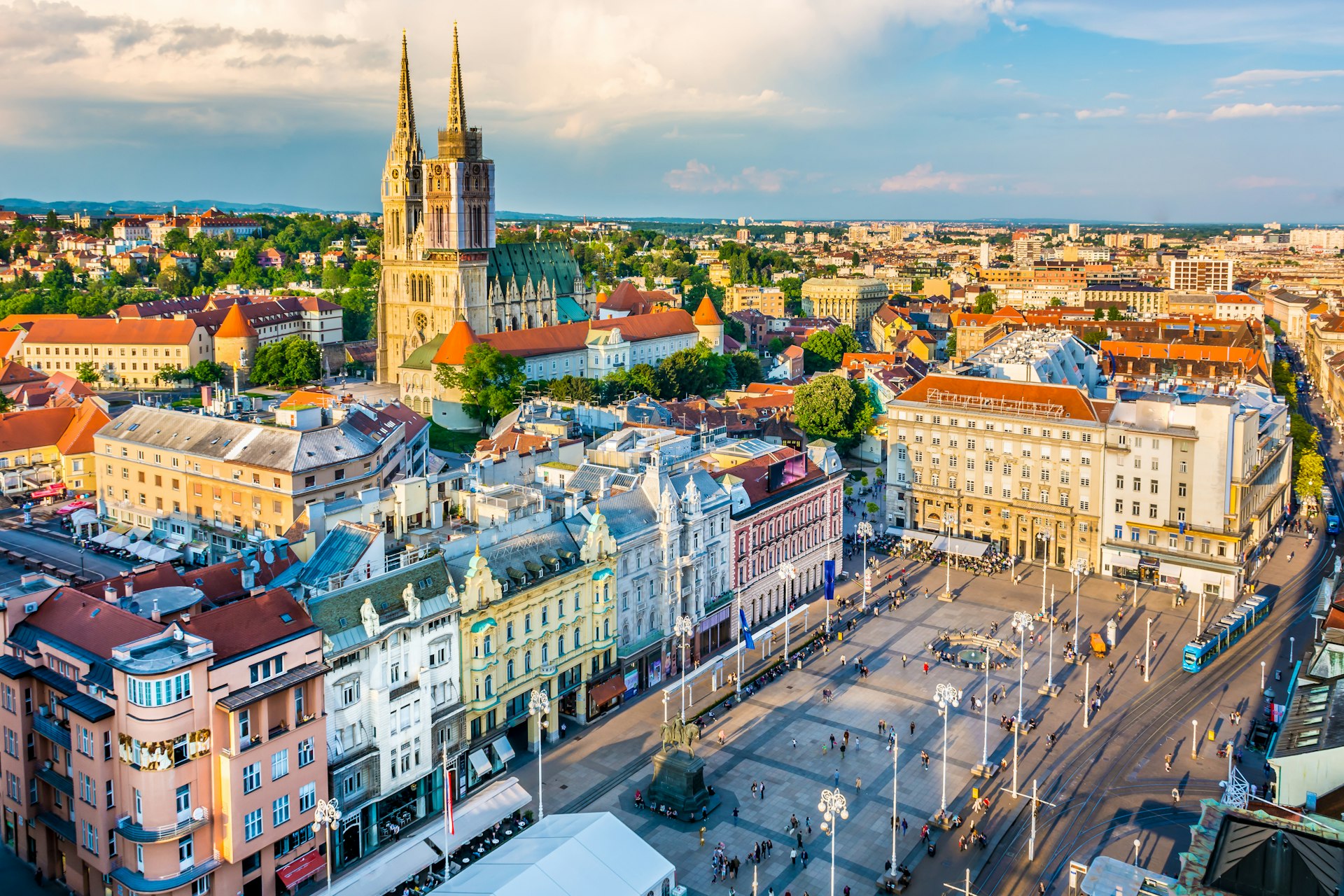
Zurich to Zagreb
Frequency: daily
Approximate duration: 15 hours
A convenient route between Switzerland’s largest city and the compact, beautiful Croatian capital, this Euronight services crosses five countries over approximately 15 hours. It’s worth taking this journey in the summer, as it’s one of Europe’s most scenic routes, passing through Austria and Slovenia – both countries where you’re hard-pressed to find an unattractive railway line. It also passes (without stopping) through the tiny Alpine principality of Liechtenstein. You can get a taste of this train by riding as far as Ljubljana in Slovenia, though this misses a lovely stretch of track running alongside the Sava River between there and the border.

Berlin to Brussels
Frequency: six nights a week from December 2023 (though with different operators and routes; see below)
Approximate duration: 11.5 hours
The much-heralded European Sleeper service from Brussels to Berlin has proved an invaluable addition to the night-train scene, and the company behind it has plans to run the train through to Prague starting in 2024. With stops in Antwerp, Rotterdam and Amsterdam, this thrice-weekly train reinstated a route phased out in 2008. Starting December, it will be joined by a Nightjet service making the same journey on three alternate days, though taking a different route via Liège and heading down the Rhine to Mannheim. (This train runs as part of the existing Brussels-to-Vienna Nightjet.) Brussels makes for a fast journey from London – and, since there’s no need in Brussels to change stations (as in Paris), it’s an ideal starting point for UK-based travelers looking to snooze their way deeper into Europe.

London to Fort William, Scotland
Frequency: daily except Saturday
Approximate duration: 13.5 hours
Great Britain has only two sleeper trains – and both have recently benefited from major upgrades in what many see as a vote of confidence in the country’s overnight services. The Night Riviera runs southwest from London’s Paddington Station and keeps going until it runs out of rails – and land – at Penzance in Cornwall. But it’s the Caledonian Sleeper that gets Britons most excited. This legendary train leaves Euston Station each night and, via a series of carriage shuffles unnoticed by the snoozing passenger, reaches Edinburgh, Inverness, Aberdeen, Fort William and points in between.
The through service to Fort William is the most spectacular leg, offering a night on the rails and a morning crossing wonderful Highland scenery before depositing fresh-faced passengers at the foot of the path up Ben Nevis, the country’s highest peak.

Budapest to Bucharest
Frequency: daily
Approximate duration: 17 hours
One of Europe’s most beautiful stations, Budapest’s Keleti terminal is the starting point for this fantastic overnight adventure. There are in fact three sleepers that ply this route, but the timing of the Ister is arguably the most optimal: it departs shortly after 7pm and arrives at Bucharest’s Gara de Nord in mid-morning, meaning passport control takes place around midnight. The big benefit of the lazy morning on the train is the chance to enjoy the superb scenery of the section of the Carpathian Mountains before crossing the plains on toward the capital. From Bucharest there’s a direct summer sleeper connection onward to Istanbul, another railway odyssey to the edge of Europe.

Trondheim to Bodo
Frequency: daily
Approximate duration: 10 hours
Under normal circumstances, the jaw-dropping views offered by any Norwegian rail journey would make a night train a wasted opportunity. But there are two factors that argue for taking the 10-hour Trondheim-to-Bodø service. First, if you do this journey during the summer you needn’t miss anything – the sun will hardly set. Second, Norwegian trains are very pleasant places to hang out for a while, and a berth on a night train is an excellent deal in a country where bargains are few and far between.
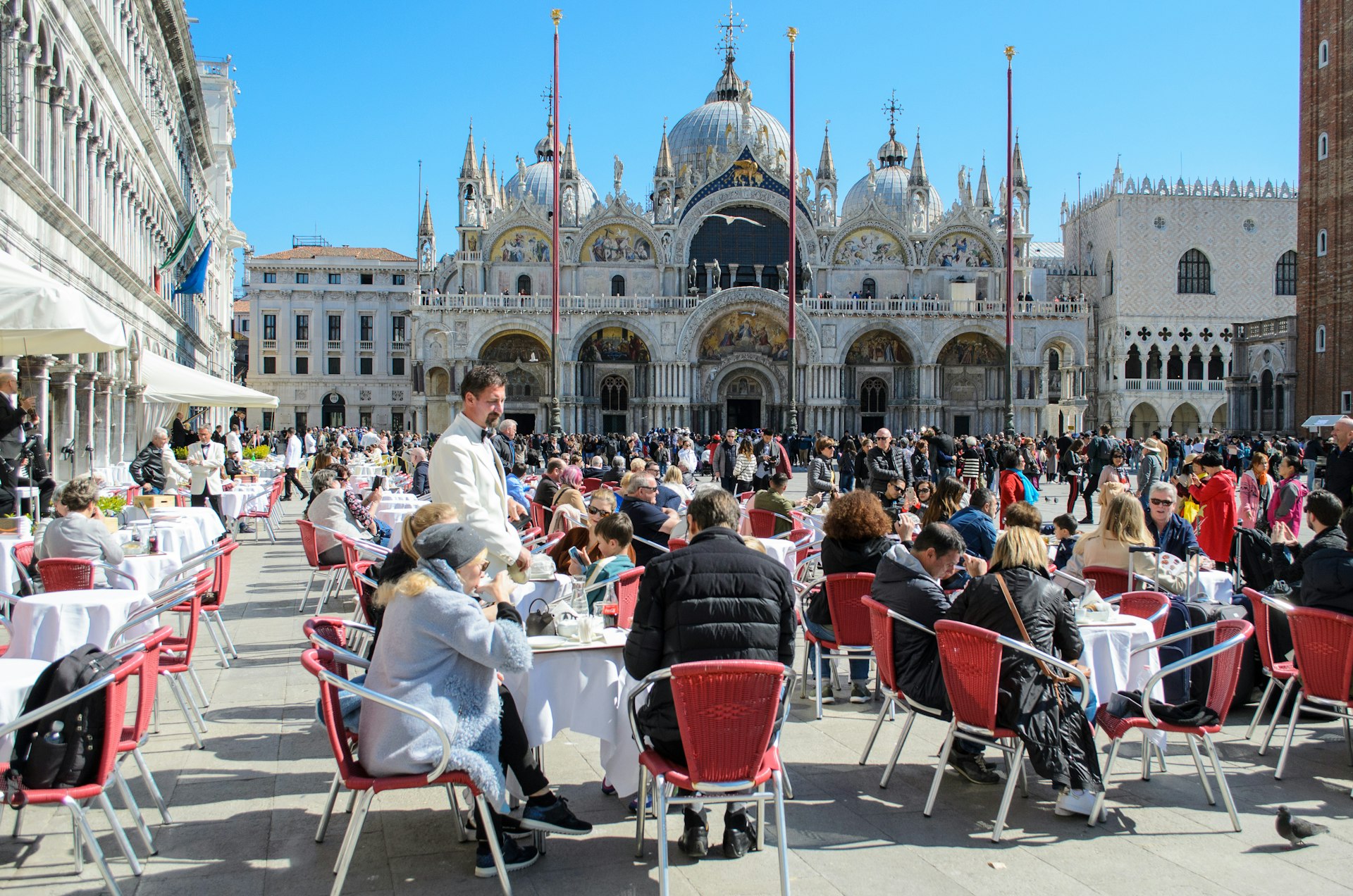
Rome to Venice
Frequency: daily
Approximate duration: 7 hours
A quiet star of Europe’s night train scene, Italy’s InterCityNotte (ICN) services crisscross the country, offering several unmissable routes. While trains heading from Rome to Sicily garner attention thanks to the novelty of the ferry that carries carriages across the Strait of Messina, there are reasons to head from the capital in the opposite direction.
A Trieste-bound sleeper hauls out of Roma Termini each evening and ambles through the romantic regions of Lazio, Umbria and Tuscany. Snoozing travelers may be awakened by some shunting as northbound carriages are moved off at Mestre, before an unforgettable crossing of the lagoon causeway to Venice itself. Any bleary eyes should be swiftly jolted into life by the sunshine of a Venetian dawn, the first sight of the city with pretty much no one else around, and a strong espresso or two.
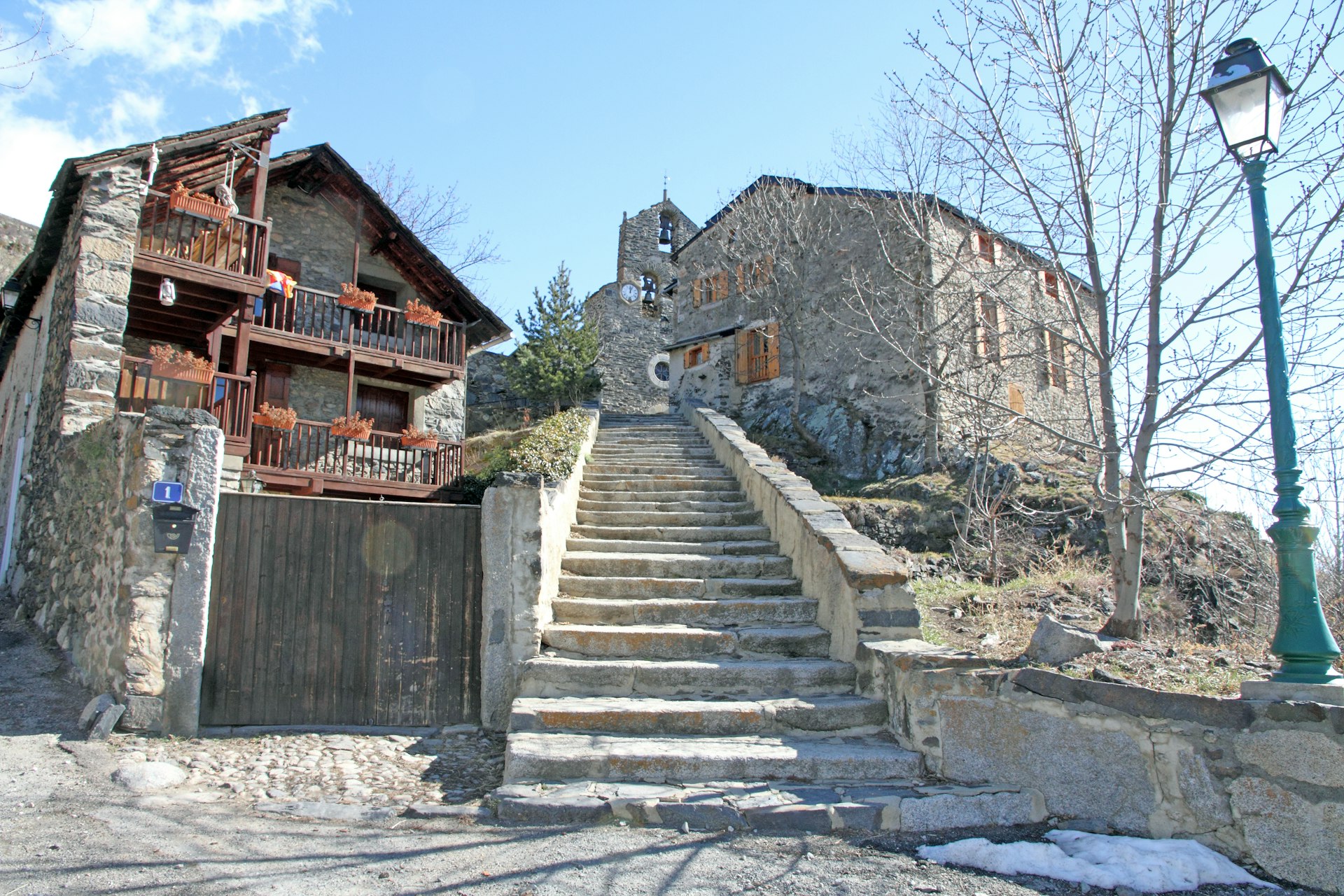
Paris to Latour de Carol
Frequency: nightly (departure times vary)
Approximate duration: 12 hours
Having axed all but a handful of Intercités trains de nuit in 2016, SNCF (French National Railway Company) has spent the past few years plotting to revive some of the canceled services. One survivor has been the service from Paris to Latour de Carol, deep in the Pyrenees. Four- and six-berth couchettes and a seated carriage make the journey south, passing through Limoges, Toulouse and the foothills of the Pyrenees to arrive at the border station of Latour de Carol.
From here, it’s possible to continue, via a suburban train, to the heart of Barcelona in around three hours, offering an epic alternative to the TGV service from Paris to the Catalan city via Montpellier and the French Mediterranean coast. The scenic, narrow-gauge Petit Train Jaune also leaves from Latour de Carol, offering a dramatic mountain train ride with connections on to Perpignan.

Innsbruck to Cologne
Frequency: daily
Approximate duration: 11.5 hours
There are a multitude of reasons to hop aboard this excellent Nightjet sleeper service, particularly in this direction. First, Innsbruck’s beautiful location in the Tyrolean Alps makes it a rewarding spot to explore pre-voyage, with hiking trails in summer and ski runs in winter. Second – and excitingly for true train geeks – Nightjet services offer unique double-decker sleeper compartments, with deluxe berths on the upper level. Third, if you can rouse yourself early, these trains travel through the early morning along the beautiful Rhine Valley Line, passing time-worn castles and vast vineyards on their way north to Cologne.
As if all that weren’t enough, Cologne’s cathedral, right next to the railway station, is one of the great icons of Europe. Watching its twin spires grow in stature as you chug towards the city is a fitting finale to this magnificent journey.
Booking information
The resurgence in night trains’ popularity means booking ahead is essential. Depending on where you’re traveling, berths go on sale between 30 and 180 days in advance; it’s best to book as far ahead as possible. Seat61, Trainline.com and national train operators can guide you through the booking process.


